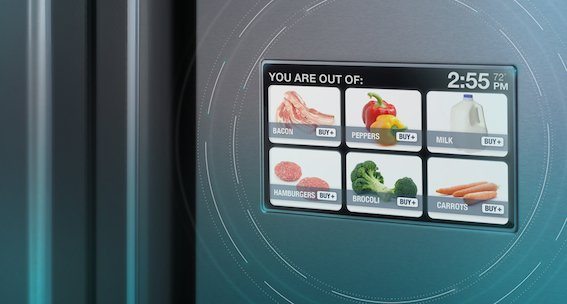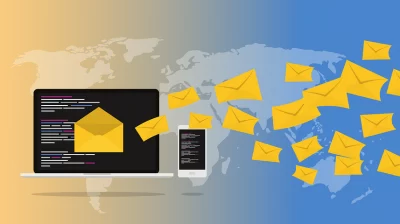Technology
The Future of the Internet of Things & the Connected Consumer
March 5, 2015

This blog post is Part 1 of a 3-part series on the role of the Internet of Things with marketing. Stay tuned for the next installments.
Like the smartphone just 8 years ago, the Internet of Things is poised to reimagine the daily lives of consumers worldwide. But amid the hype of the IoT, marketers – already struggling to process the mobile data firehose – are unprepared for what’s to come. If most marketers are only using 1% of the data available to them today, how will they be ready to respond when the volume, velocity and variety of data is even more intense?
-
Visualize homes that become living, self-adjusting systems controlled by mobile devices: locking doors, turning off faucets and lights to conserve power, adjusting and monitoring temperature and humidity.
-
Think of how daily lives will change with cars that can handle the morning commute, navigating using sensors installed on roads.
-
Imagine the refrigerator that pings your smartphone when the milk is low, reminding you to stop at the grocery on the way home. Or why swing by the store at all, when a connected fridge can automatically order up groceries that are delivered (by FAA-regulated drone, naturally) by the time you get home?
These tropes of the IoT don’t feel like science fiction or all that far away — already they have the immediacy of the familiar.
Now consider just how much data will be produced by those daily interactions. More than 80% of the data that exists today didn’t exist two years ago, and the rise of the connected device will accelerate information overload.
Marketers must be ready to harness the unprecedented volume of data, find the right balance between first-party data and third-party relationships, and create very clear value for customers.
As you create the business case for focusing on the IoT now, here’s what you need to know:
Trillion dollar impact
The IoT is poised for a breakout due to lower hardware costs for sensors and microchips, more mainstream machine-to-machine and software solutions, more cellular and Internet connectivity, and the lower cost and increased scalability of the cloud.
The only question is the scale of the impact: in a recent eMarketer report the IDC predicts the industry will explode from $1.9 trillion in 2013 to $7.1 trillion in 2020, while Markets and Markets pours room-temperature water on the optimism, predicting the industry to grow a mere 400 billion dollars, from $1.029 trillion in 2013 to $1.423 trillion in 2020.
Of course, all of this growth is driven by massive proliferation of devices. How many are we talking exactly? Gartner predicts that there will be 26 billion connected objects worldwide by 2020, not including PCs, smartphones and tablets, while Cisco Systems expects 50 billion connected devices by 2022. That’s seven devices for every living person on the planet.
Data privacy is crucial
There are many unresolved issues ahead around privacy and security. As customers let brands into their lives through the IoT, companies will have to discern what can and can’t be used appropriately, as well as how to best protect consumer data.
Companies that make choices that don’t respect the customer will suffer loss of brand credibility. It’s no coincidence that the best brand in the world, Apple, began brandishing its privacy credentials right as it launched connected-home, health, and payments-related software/hardware solutions.
Some industries — like the financial or health industries — have previously been focused on privacy, as they’ve had to comply with regulations or contend with data breaches, but many other industries haven’t reached that same level of maturity. They’ll have to grow up quickly.
Devices that more closely tie to the most private aspects of our daily lives require additional care and safeguards. The connected home could save lives by reminding its residents to take medication, but nobody wants their living room announcing that it’s time to pop pills when the neighbors are over.
Both quantitative and qualitative
While the value to brand or consumers can’t be quantified just yet, a seamless, connected life can certainly be measured qualitatively. Data on a personal scale already helps people make better decisions faster, allowing them more time to focus on other things.
At the same time, personal devices will help brands understand their audiences even better, driving personalization that makes the customer’s experience more meaningful.
Where to begin? Start by understanding your mobile strategy, explore consumer perceptions through research, and begin identifying the partners and technologies that could make sense for your brand. Most of all, explore the use of personalization that improves customer experience — whether it’s digital or device driven.
–Ian White, CTO and co-founder at Sailthru
The State of Brand Loyalty in the U.S. in 2023
Related



